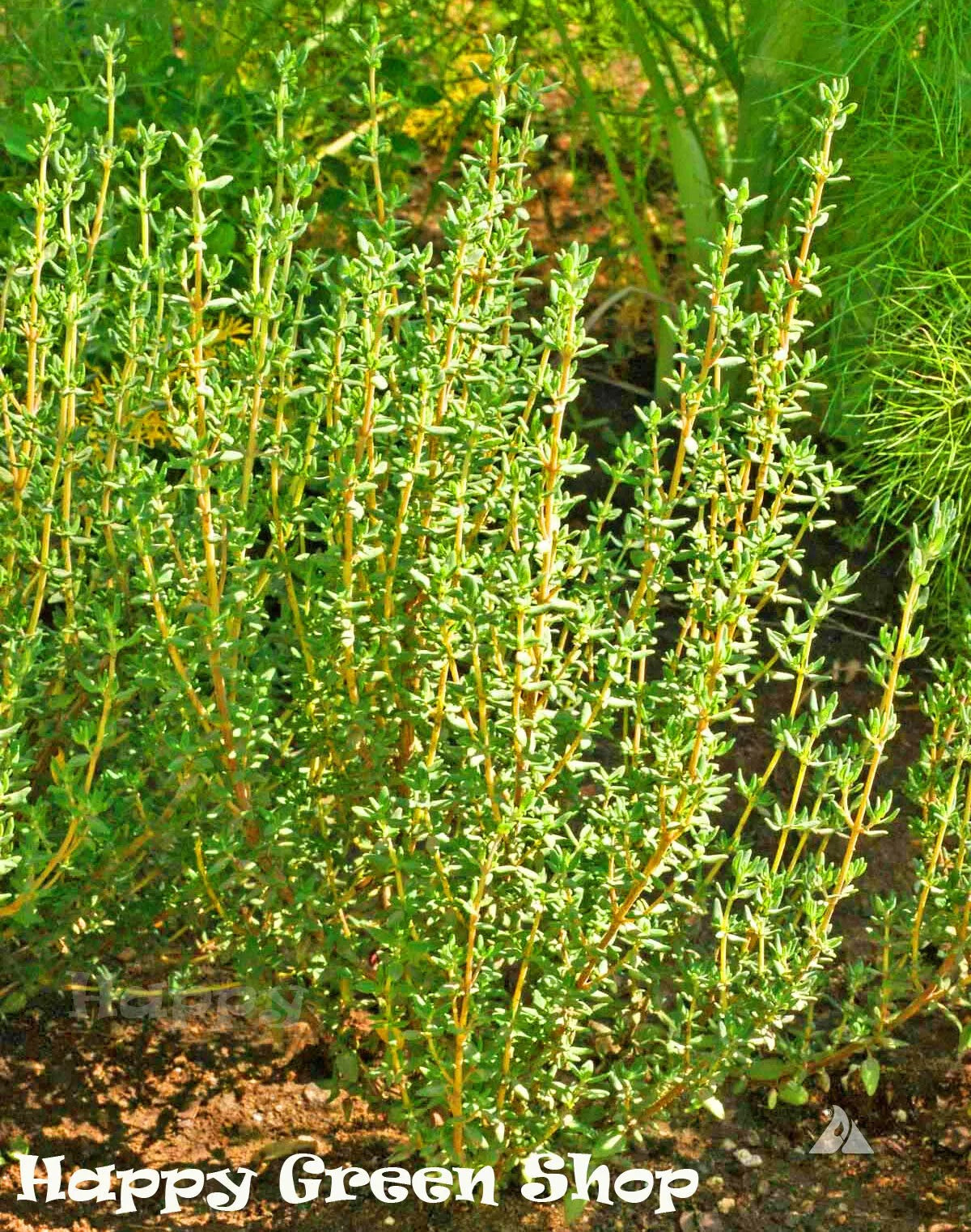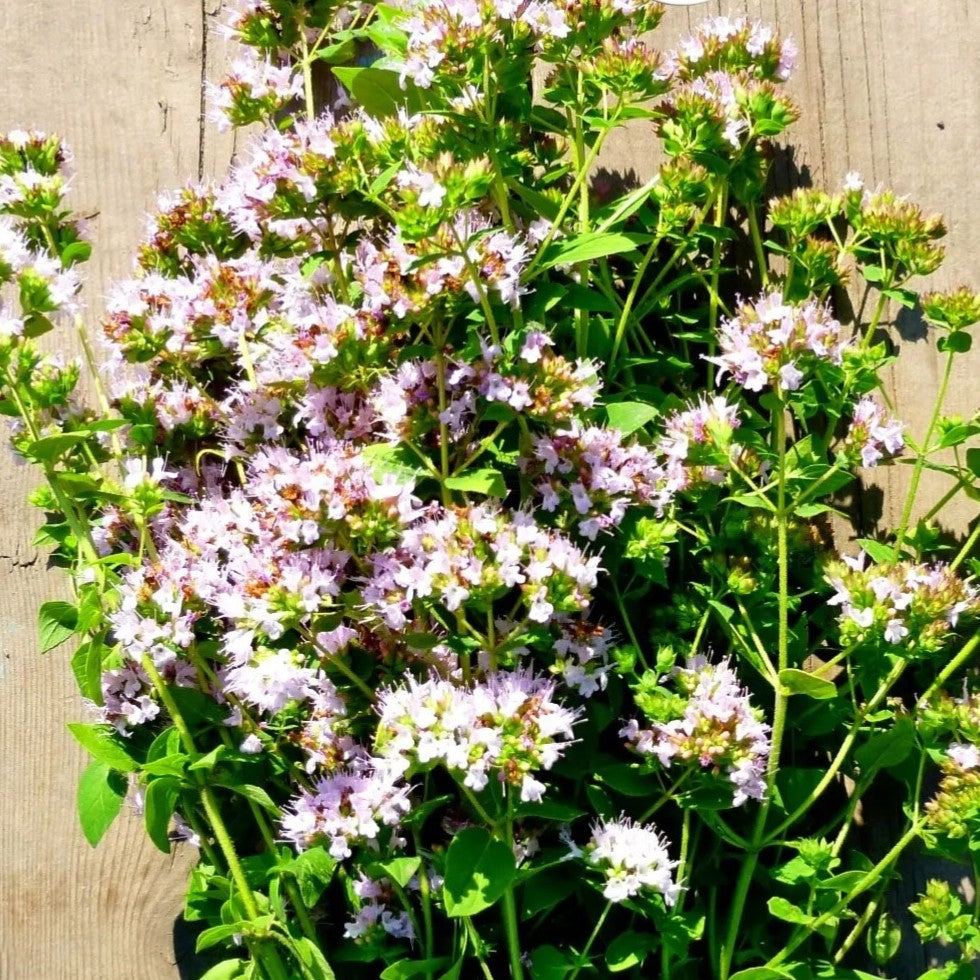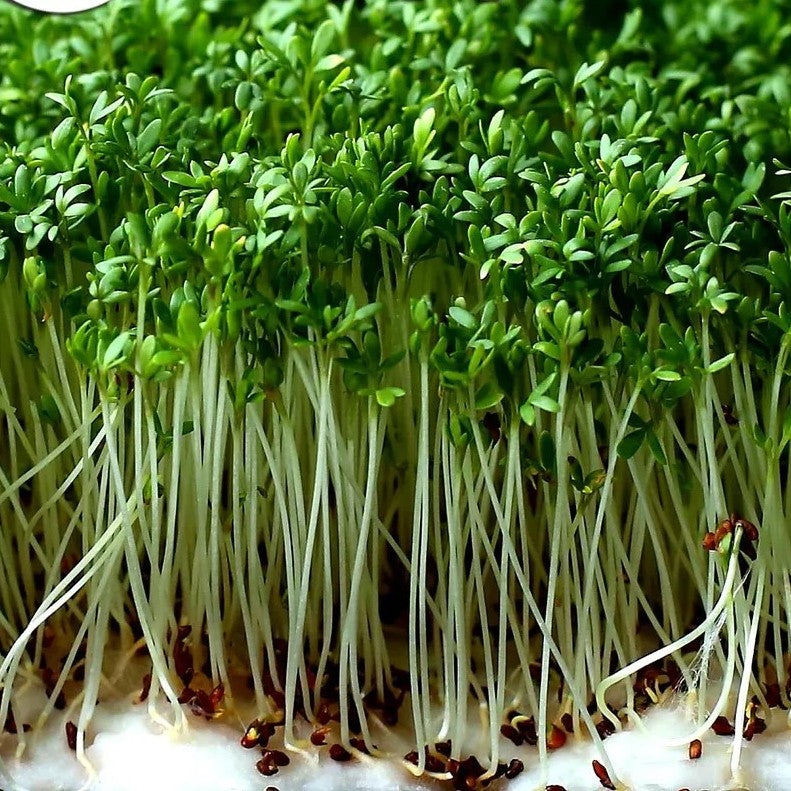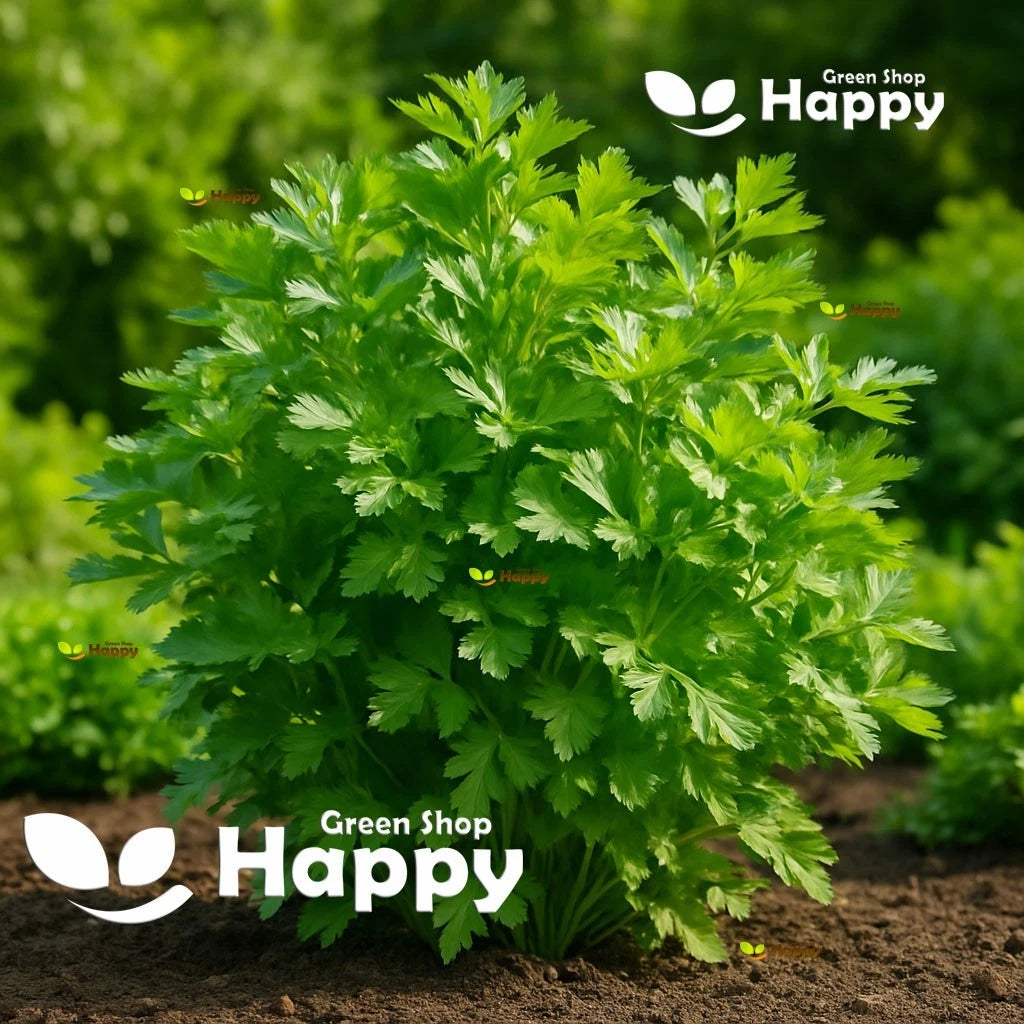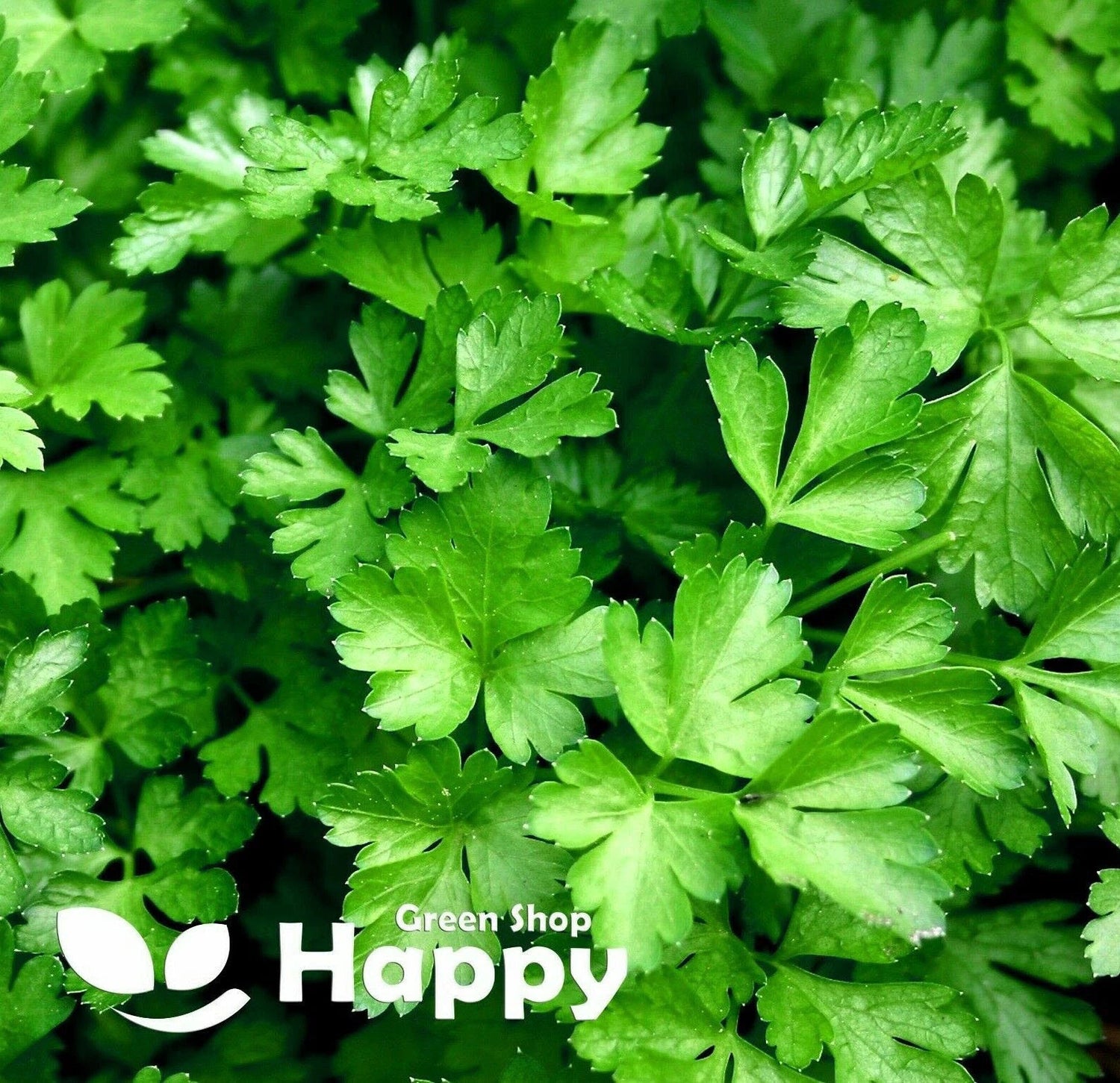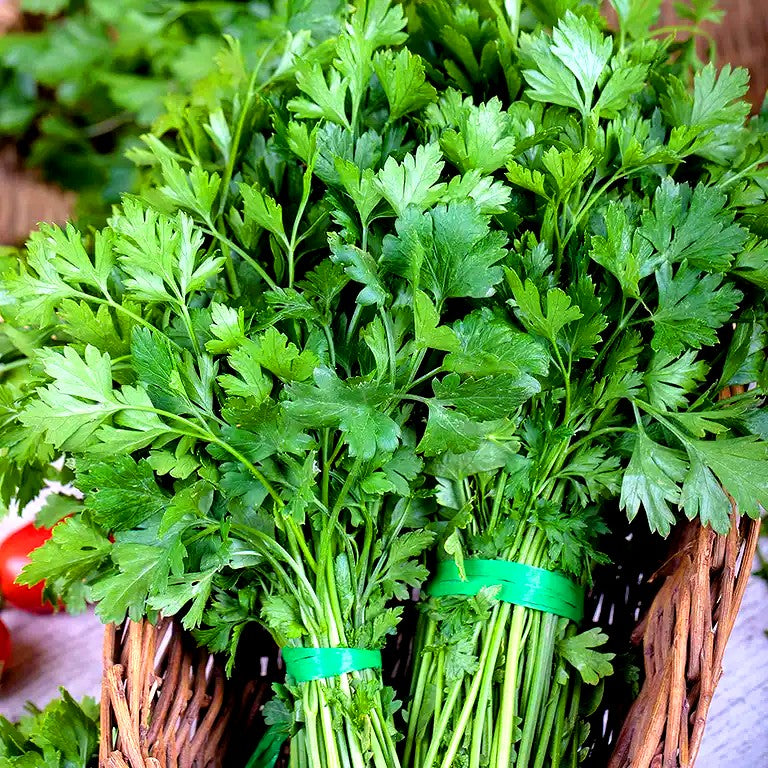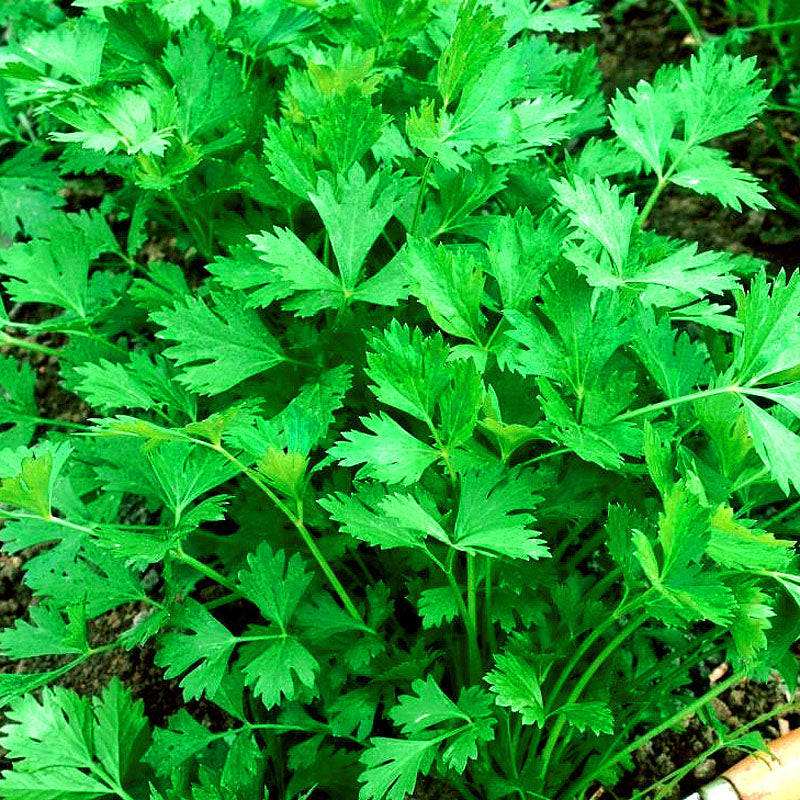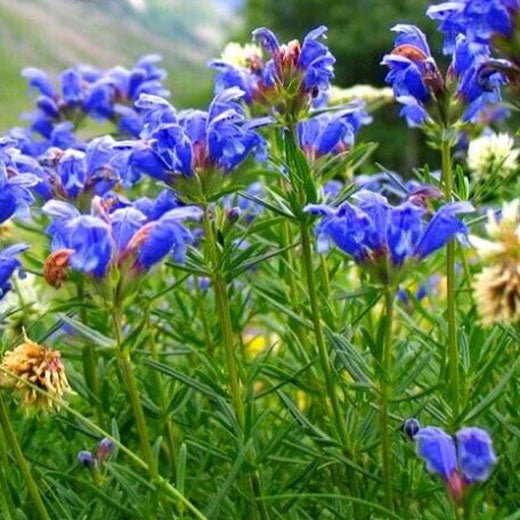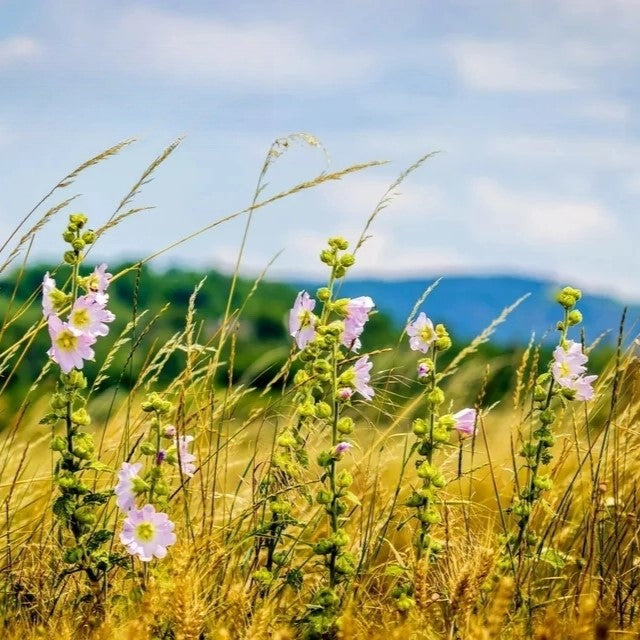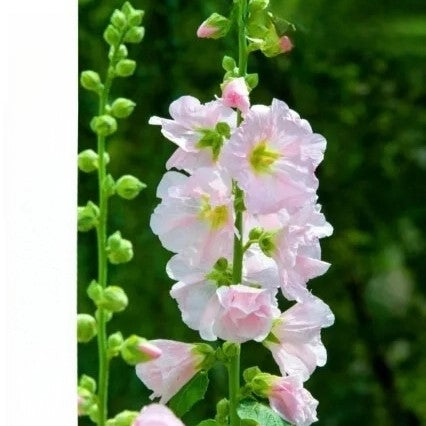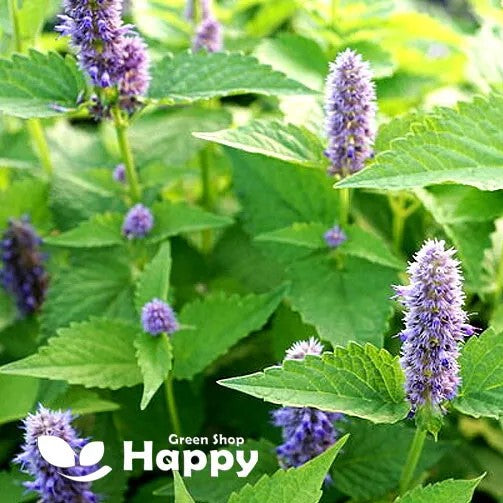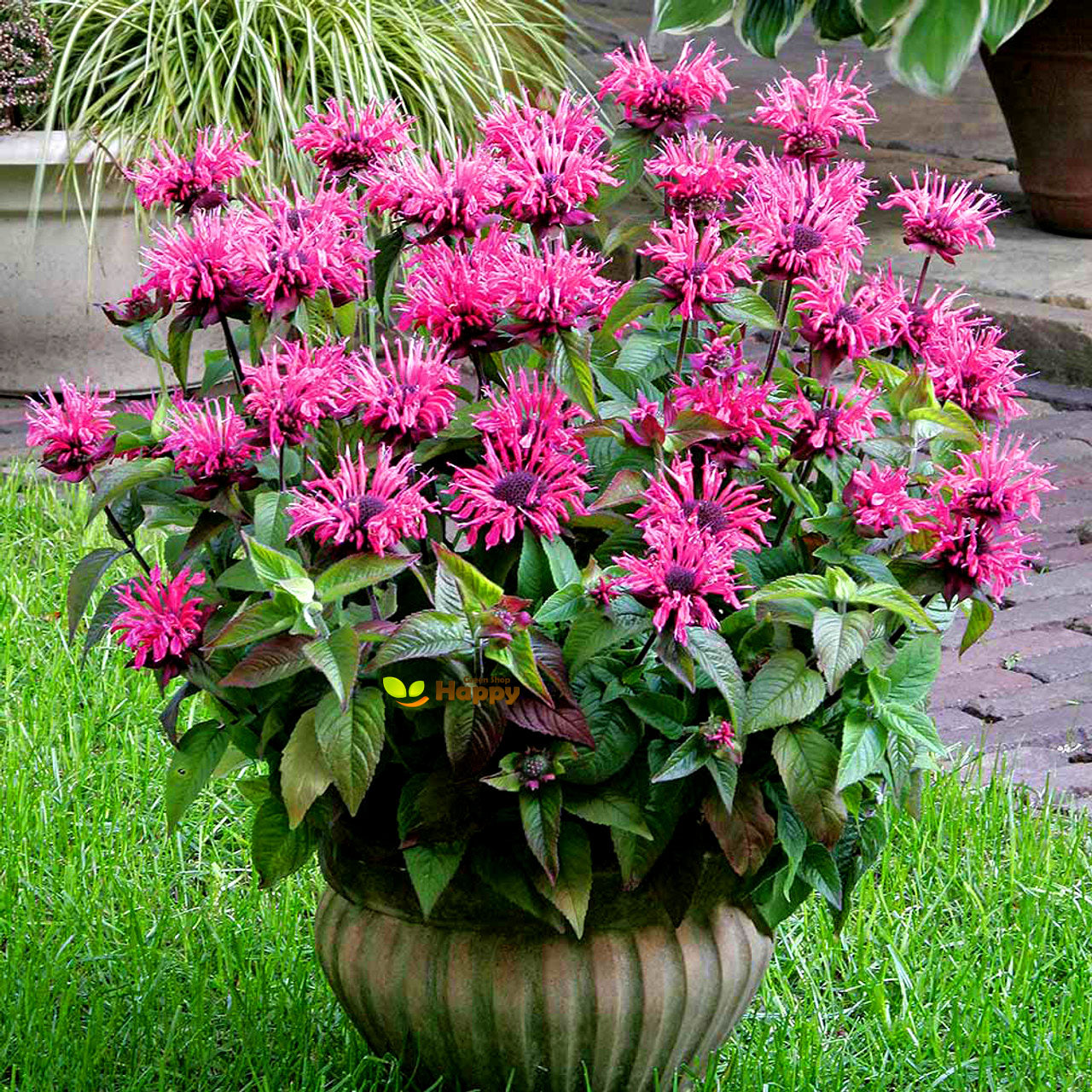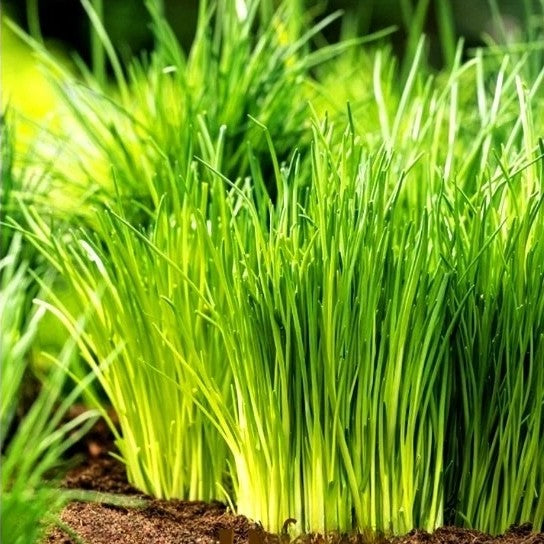Sort by:
31 products
31 products
Parsley 'Italian Giant' Seeds (Petroselinum crispum)
Enjoy rich flavor and lush harvests with Parsley 'Italian Giant', a robust flat-leaf variety prized for its strong, aromatic taste and vigorous growth. With large, dark green leaves and a long cutting period, it’s perfect for garnishing, cooking, and seasoning. Easy to grow in the garden or containers, it’s a must-have herb for every kitchen gardener.
How to Grow
-
Sow indoors in early spring or directly outdoors after frost.
-
Use fertile, moist, well-drained soil in sun or partial shade.
-
Sow seeds 0.5 cm deep in rows 25–30 cm apart.
-
Thin seedlings to 20–25 cm apart for strong plants.
-
Harvest regularly to encourage new growth.
Key Features
-
Flat-leaf parsley with strong, aromatic flavor
-
Vigorous, robust growth and large green leaves
-
Long cutting period for continuous harvest
-
Ideal for cooking, garnishing, and seasoning
-
Grows well in beds, pots, and herb gardens
Ideal For
-
Garnishes and fresh salads
-
Cooking and seasoning sauces, soups, and stews
-
Herb gardens and containers
-
Gardeners who want reliable, productive herbs
Sowing
-
Best time: Spring, or indoors earlier
-
Depth: 0.5 cm
-
Spacing: Thin to 20–25 cm apart
-
Prefers moist, fertile, well-drained soil
Quick Tip
-
Soak seeds overnight before sowing to improve germination.
Parsley 'Festival 68' – Seeds (Petroselinum crispum)
Bring fresh, aromatic flavor to your kitchen with Parsley 'Festival 68', a robust, curly-leaf variety known for its high yield and exceptional flavor. Ideal for soups, salads, sauces, and garnishes, this versatile herb thrives in home gardens and containers. Easy to grow and slow to bolt, 'Festival 68' ensures a long-lasting supply of fresh parsley throughout the season.
How to Grow
. Sow indoors: February – April, 0.5–1 cm deep in pots or trays
. Sow outdoors: March – June in fertile, well-drained soil
. Thin seedlings to 15–20 cm apart
. Prefers full sun or partial shade and regular watering
. Harvest leaves continuously to encourage new growth
Key Features
. Curly-leaf parsley with strong flavor
. High-yielding and slow to bolt
. Suitable for beds, borders, and containers
. Long-lasting harvest for fresh cooking
. Easy to grow, versatile culinary herb
Ideal For
. Soups, salads, sauces, and garnishes
. Home gardeners and container cultivation
. Continuous fresh herb supply throughout the season
. Companion planting with tomatoes, carrots, or asparagus
Sowing & Harvest
. Sow: February – June
. Harvest: April – October
Quick Tip
Regularly snip outer leaves instead of cutting the entire plant to promote continuous growth.
Lovage Seeds (Levisticum officinale)
Grow a robust, aromatic herb with Lovage (Levisticum officinale). This perennial produces tall, leafy stems with a strong celery-like flavor, perfect for soups, stews, stocks, and herbal infusions. Hardy and long-lived, it’s ideal for herb gardens, perennial beds, and pollinator-friendly plantings.
How to Grow
-
Sow seeds indoors 6–8 weeks before the last frost or directly outdoors in spring.
-
Use fertile, well-drained soil in full sun to partial shade.
-
Sow seeds 0.5–1 cm deep and thin seedlings to 40–50 cm apart.
-
Keep soil consistently moist until germination (14–21 days).
-
Transplant seedlings outdoors after frost risk has passed.
-
Harvest leaves and stems as needed; roots can be harvested in autumn.
Key Features
-
Tall, leafy perennial with strong celery-like flavor
-
Hardy, long-lived, and easy to grow
-
Ideal for soups, stews, stocks, and herbal infusions
-
Attracts pollinators and enhances garden biodiversity
-
Suitable for herb gardens, perennial beds, and companion planting
Ideal For
-
Herb gardens and kitchen beds
-
Culinary use in soups, stews, stocks, and teas
-
Perennial borders and pollinator-friendly plantings
-
Long-term herb cultivation with minimal maintenance
Sowing
-
Best time: Spring indoors or outdoors after frost
-
Depth: 0.5–1 cm
-
Spacing: Thin to 40–50 cm apart
-
Prefers full sun to partial shade and fertile, well-drained soil
Quick Tip
-
Regularly trim leaves to encourage bushier growth and a continuous supply throughout the season.
Moldavian Dragonhead – Seeds (Dracocephalum moldavica)
The Moldavian Dragonhead (Dracocephalum moldavica) is a fragrant annual herb admired for its violet-blue flowers and aromatic lemon-scented foliage. Highly attractive to bees and butterflies, it makes a charming addition to herb gardens, borders, and pollinator-friendly spaces. Its leaves are sometimes used for teas with a refreshing citrus flavor.
Why Grow Moldavian Dragonhead?
-
Violet-blue blooms with a pleasant lemon fragrance
-
Excellent for pollinators, especially bees
-
Easy to grow and low maintenance
-
Useful as an ornamental and herbal plant
Ideal For
-
Herb gardens
-
Pollinator-friendly plantings
-
Borders and cottage gardens
-
Aromatic tea lovers
Key Features
-
Type: Annual herb
-
Height: 40–60 cm
-
Spread: 20–30 cm
-
Flowering: June–August
-
Position: Full sun to partial shade
-
Soil: Light, well-drained
Sowing & Growing
-
Sow indoors: March–April, lightly cover seeds
-
Germination: 7–14 days at 18–22°C
-
Transplant outdoors: After frost risk has passed
-
Direct sow outdoors: April–May
-
Spacing: 25–30 cm apart
Tip: Regular deadheading encourages longer flowering and stronger aroma.
Marsh Mallow – Seeds (Althaea officinalis)
Marsh Mallow is a hardy perennial herb known for its tall, elegant growth and soft, velvety leaves. Traditionally valued for its medicinal properties, its roots and leaves can be used in herbal remedies, teas, and natural skincare preparations. The plant also produces attractive pale pink flowers that add charm to herb and cottage gardens.
Ideal for garden beds, borders, and natural herbal plots, Marsh Mallow is easy to grow and low-maintenance once established.
How to Grow
-
Sow indoors: February – April
-
Sow outdoors: April – May
-
Depth: 0.5–1 cm
-
Spacing: 40–50 cm between plants
-
Position: Full sun to partial shade
-
Soil: Fertile, well-drained, moist
-
Watering: Regular watering until established
Key Features
-
Hardy perennial herb with medicinal and culinary uses
-
Soft, velvety leaves and pale pink flowers
-
Ideal for teas, herbal remedies, and natural skincare
-
Low-maintenance once established
-
Suitable for herb gardens, borders, and cottage gardens
Harvest
-
Harvesting period: Summer – Autumn
-
Pick leaves and flowers as needed; roots can be harvested in autumn for medicinal use.
Short Tip
For a continuous supply, harvest leaves selectively and leave some to flower for seeds.
Lemon Balm – Seeds (Melissa officinalis)
Lemon Balm is a hardy perennial herb valued for its refreshing lemon-scented leaves. Perfect for teas, desserts, and savory dishes, it also makes a soothing herbal remedy often used to promote relaxation. Its fragrant foliage attracts bees and pollinators, while its resilience makes it an easy-to-grow choice for gardens, pots, or borders.
How to Grow
-
Sow indoors: March – May in trays at 18–20°C.
-
Sow outdoors: May – July in a sunny or lightly shaded spot.
-
Thin or transplant seedlings to 30 cm apart.
-
Prefers fertile, well-drained soil.
-
Cut back after flowering to encourage fresh growth.
Key Features
-
Hardy perennial with refreshing lemon scent
-
Aromatic leaves for teas, salads, and cooking
-
Excellent for herbal remedies and relaxation
-
Attracts bees and pollinators
-
Easy to grow in borders or containers
Ideal For
-
Herbal teas and drinks
-
Culinary use in sweet and savory dishes
-
Herb gardens, borders, and patio pots
Sowing & Harvest
-
Sow: March – July
-
Harvest: May – October
Quick Tip
Pick leaves early in the morning for the best flavor and fragrance.
Peppermint – Seeds (Mentha piperita)
Peppermint is a vigorous, aromatic perennial herb with refreshing, minty leaves. Known for its intense flavor and fragrance, it is perfect for teas, desserts, cocktails, sauces, and herbal remedies. Easy to grow and highly versatile, Peppermint thrives in containers, garden beds, and herb gardens, making it a must-have for any culinary or medicinal collection.
How to Grow
-
Sow seeds indoors from February to April, lightly covering with soil.
-
Maintain 18–22°C until germination.
-
Transplant seedlings outdoors after the last frost in a sunny or partially shaded spot.
-
Prefers moist, well-drained soil and regular watering.
-
Trim regularly to encourage bushy growth and prevent flowering.
Key Features
-
Aromatic, perennial herb with strong minty flavor
-
Fast-growing and easy to cultivate
-
Ideal for teas, desserts, sauces, and cocktails
-
Thrives in containers and garden beds
-
Suitable for culinary and medicinal use
Ideal For
-
Fresh and dried herbal teas, desserts, and beverages
-
Herb gardens, containers, and small spaces
-
Gardeners seeking aromatic and multipurpose herbs
Sowing & Harvest
-
Sow: February to April
-
Depth: Lightly covered
-
Harvest: May to October
Quick Tip
-
Regular harvesting of leaves encourages vigorous growth and keeps the plant flavorful.
HERB BEE BALM SEEDS (Monarda didyma)
Add vibrant color and fragrance to your garden with Herb Bee Balm. This perennial produces striking red, pink, or purple flowers atop aromatic foliage, attracting bees, butterflies, and hummingbirds. Easy to grow and low-maintenance, it’s perfect for borders, beds, and pollinator-friendly gardens.
Why Grow "Herb Bee Balm"
-
Showy, fragrant flowers in red, pink, or purple
-
Attracts bees, butterflies, and hummingbirds
-
Low-maintenance, long-flowering perennial
-
Enhances borders, beds, and pollinator gardens
Key Features
-
Type: Perennial (Monarda didyma)
-
Height: 60–90 cm
-
Flowering: Summer (June–September)
-
Position: Full sun to partial shade
-
Uses: Borders, flower beds, pollinator gardens, containers
Ideal For
-
Adding vibrant color and fragrance to borders and beds
-
Pollinator-friendly gardens
-
Containers and patio planting
-
Beginner gardeners seeking easy-to-grow perennials
Sowing & Growing
-
Sow indoors: 6–8 weeks before the last frost
-
Sow outdoors: After frost danger has passed
-
Germination: 10–20 days
-
Space seedlings: 30–40 cm apart
-
Prefers well-drained soil and full sun for best flowering
Fine Leaved Chives Seeds (Allium schoenoprasum)
Add fresh, mild onion flavor to your dishes with Fine Leaved Chives, a classic herb with slender, dark green leaves and delicate edible flowers. Ideal for salads, soups, sauces, and garnishes, this perennial herb is easy to grow and provides harvests year after year. Its compact growth habit makes it perfect for garden beds, borders, and containers.
How to Grow
-
Sow indoors 6–8 weeks before the last frost or directly outdoors in spring.
-
Prefers fertile, well-drained soil in full sun or light shade.
-
Sow seeds 0.5 cm deep in rows 20–25 cm apart.
-
Thin seedlings to 15 cm apart.
-
Harvest leaves regularly to encourage bushy growth.
Key Features
-
Perennial herb with fine, slender leaves
-
Mild, fresh onion flavor for culinary use
-
Compact and easy to grow in beds or containers
-
Long-lasting harvest year after year
-
Attractive edible purple flowers
Ideal For
-
Fresh salads, soups, sauces, and garnishes
-
Container and herb gardens
-
Gardeners seeking perennial, low-maintenance herbs
-
Adding flavor and ornamental interest to beds
Sowing
-
Best time: Early spring indoors or direct sow outdoors
-
Depth: 0.5 cm
-
Row spacing: 20–25 cm
-
Plant spacing: Thin to 15 cm apart
-
Harvest: From 8–10 weeks after sowing
Quick Tip
-
Trim leaves regularly to promote fresh, tender growth and prevent flowering if desired.
Showing 18/31



